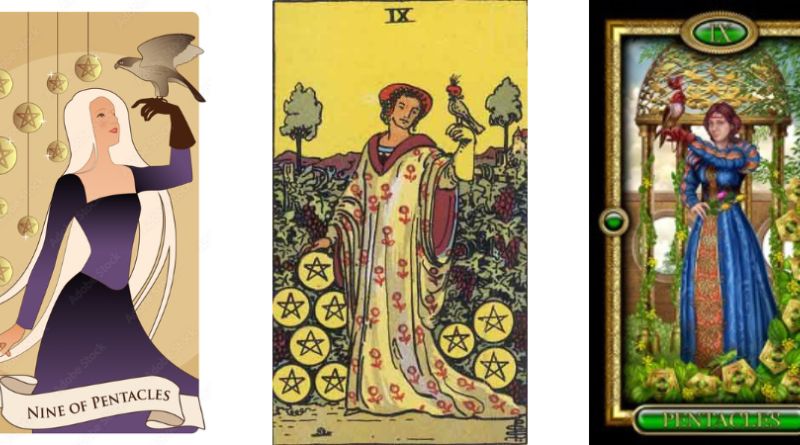The concept of “reverse 3” has intrigued individuals across various disciplines, from mathematics and design to philosophy and pop culture. The simple act of reversing a number, especially the number 3, can have a profound symbolic and visual impact. Whether used in art, cryptography, or even personal expression, reverse 3 invites a new way of thinking about traditional numbers, symbols, and concepts. In this article, we will explore the significance of reverse 3, its influence across different fields, and the broader implications of this seemingly simple reversal.
Table of Contents
What Does Reverse 3 Mean?
The term reverse 3 refers to the concept of flipping or mirroring the number “3.” While this might seem like a trivial action, the effect of reversing a number can be symbolic, artistic, and even functional in different contexts. The “reversed” form of the number 3 typically appears as a mirrored version, almost resembling an upside-down “E” or a backward “3.”
At its core, the reversal of a number like 3 symbolizes a departure from the conventional, an invitation to see things from a new perspective, or even a challenge to accepted norms. In many cases, the concept of reversing can represent the idea of revisiting past ideas, questioning the present, or even exploring new interpretations of established symbols.
Symbolic Significance of Reverse 3
Numbers and symbols have always carried symbolic meanings, and the act of reversing them adds layers of interpretation. The number 3 itself holds significant meaning in various cultures and systems. In mathematics, it is often seen as a “magic” number, a symbol of balance, harmony, and completeness. In religious and spiritual contexts, 3 represents concepts such as the Holy Trinity in Christianity or the three gunas in Hindu philosophy.
When this number is reversed, it can represent a disruption of balance, a challenge to established structures, or a shift in perspective. Reversing the number 3 invites us to rethink what we know, creating an opportunity for a fresh outlook or an entirely new interpretation of the symbolism.
Reverse 3 in Art and Design
One of the most popular applications of reverse 3 is in the world of art and design. The reversed number or symbol can be used intentionally to evoke certain feelings, make a statement, or add a unique visual element to an artwork. Artists often use reversed symbols to play with concepts of distortion, inversion, and perspective.
For example, in graphic design, the reverse 3 can be used as part of a logo or as a design element in a larger composition. The symmetry and mirror image of the reversed “3” can create an eye-catching visual that challenges the viewer’s perception. Designers may incorporate reversed numbers to suggest themes of chaos, disorder, or the need to look beyond conventional representations.
Similarly, reverse 3 in abstract art might symbolize the artist’s desire to step away from traditional interpretations, focusing instead on creating new meanings and pushing the boundaries of visual language.
The Role of Reverse 3 in Popular Culture
Reverse 3 also holds cultural significance in various realms of popular culture, such as film, literature, music, and video games. The reversed number or symbol may be used to represent an alternate reality, a break from the norm, or a journey into the unknown. In some cases, the backward number might appear in works of fiction to imply a twist or a significant plot development.
In films or books, characters might encounter symbols that are reversed, suggesting they are entering a world where time, logic, or reality itself is distorted. The reversal of the number 3 could symbolize a break in the narrative structure, a sudden change in perspective, or a shift in the flow of events.
In music, particularly within genres such as experimental or avant-garde, reversed numbers and symbols are sometimes used to evoke a sense of disorientation or to challenge the listener’s expectations. This concept of reversal has been applied in album covers, music videos, and even in the structure of songs to suggest themes of contradiction or disruption.
Reverse 3 in Cryptography and Secret Codes
One of the more functional uses of reverse 3 is in cryptography. In secret codes, the reversal of numbers or letters plays a crucial role in obscuring messages or creating puzzles that require problem-solving skills. Reversing a number like 3 is part of a larger process known as transposition or scrambling, where symbols are rearranged to hide their original meaning.
Historically, codes like the Caesar cipher used shifts and reversals to encrypt messages, and this practice continues today in modern encryption algorithms. A “reverse 3” might serve as a signal for the cryptographer to reverse the order of characters or to interpret the number in a non-linear fashion. In this context, the concept of “reverse” is not just symbolic, but also functional, contributing to the protection and concealment of information.
Reverse 3 in Philosophy and Psychology
Philosophically, the act of reversing symbols or numbers like the 3 can invite introspection and a deeper examination of concepts such as time, identity, and existence. Reversing a well-known symbol may prompt individuals to reconsider their understanding of it, to challenge assumptions, or to look at life and meaning from a fresh perspective.
Psychologically, the reversal of symbols like 3 may evoke feelings of confusion, curiosity, or intrigue. Human cognition is often oriented toward recognizing patterns and familiar symbols, so a reversal disrupts that expectation. This disruption can be both unsettling and engaging, sparking new ways of thinking or processing information.
The Influence of Reverse 3 in Technology
In technology, particularly in user interface (UI) and user experience (UX) design, reverse 3 could be used as part of visual elements or icons. In a world where interface design is heavily influenced by the ease of understanding and accessibility, playing with the form of numbers and symbols could offer a more engaging and interactive experience.
For example, reversed symbols can be used in video games to challenge players to think outside the box or offer puzzles that require manipulation of familiar symbols. The reversed “3” might be a key part of an in-game riddle or clue, forcing the player to think critically about the way numbers or symbols are represented and interpreted.
FAQs About Reverse 3
1. What does reverse 3 symbolize? The reversal of the number 3 symbolizes a break from convention, an invitation to reconsider ideas, and a challenge to established structures or norms. It can represent reflection, introspection, or a shift in perspective.
2. Where can I encounter reverse 3 in popular culture? Reverse 3 can be found in art, literature, films, and even video games, often representing a twist in the narrative, a distortion of reality, or a break from the usual way of seeing things.
3. Is reverse 3 important in cryptography? Yes, in cryptography, reversing numbers and letters is a technique used to obscure or encrypt messages. Reverse 3 may be part of a cipher or secret code that helps hide the true meaning of a message.
4. How does reverse 3 influence art and design? In art and design, reverse 3 is often used as a visual tool to add intrigue, challenge traditional interpretations, or create a distinctive design element. It plays with symmetry and perspective to create unique and memorable imagery.
5. Can reverse 3 be interpreted in different philosophical ways? Yes, in philosophy, reverse 3 can symbolize introspection, reflection on the passage of time, or a rethinking of one’s identity. It can prompt individuals to reconsider their views on existence and meaning.
6. How is reverse 3 used in technology? In technology, particularly in user interface and game design, reverse 3 can serve as a visual cue or puzzle element. It may challenge users to think critically or help create engaging experiences within digital environments.
Conclusion
The concept of reverse 3 goes beyond a simple numerical inversion. It carries with it layers of symbolism, cultural significance, and practical application in a wide range of fields. From art and design to cryptography and philosophy, reverse 3 invites us to explore the power of reversing expectations, shifting perspectives, and challenging conventional wisdom. Whether it’s used in puzzles, technology, or creative expression, the reversed number 3 continues to serve as a powerful tool for innovation, reflection, and imagination.



